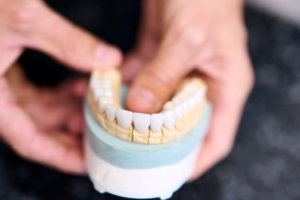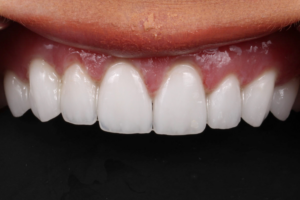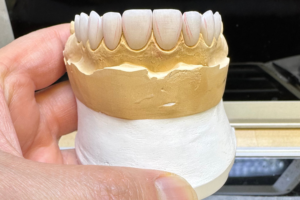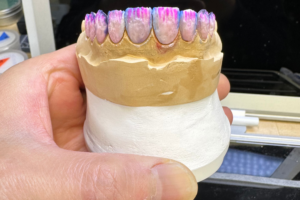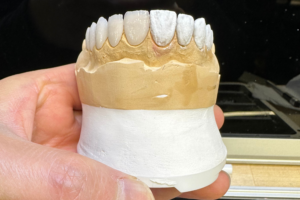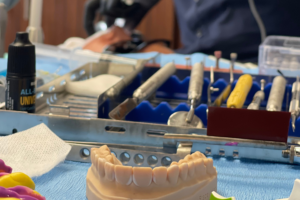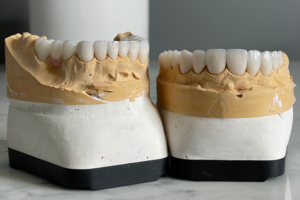 Ozempic and Lifestyle: Diet, Exercise, Success
Ozempic and Lifestyle: Diet, Exercise, Success
How Ozempic Shapes Appetite and Metabolism
At first, meals felt different: cravings faded and portions shrank as a GLP-1 receptor agonist nudged hunger signals. The brain’s satiety circuits become more responsive, so ordinary foods satisfy faster and impulsive snacking diminishes significantly.
Physiologically, slowed gastric emptying prolongs fullness and tempers blood sugar spikes after meals. Insulin dynamics improve and weight loss can lower basal metabolic needs, meaning energy balance shifts as fat mass decreases over weeks gradually.
Practical adaptation means choosing protein-rich meals, high-fiber vegetables, and structured snacks to keep hunger manageable. Avoid harsh calorie restriction; instead aim for gradual change. Communicate with your clinician about medications and adjust expectations and monitor.
Pairing modest Excercise magnifies results: brisk walks and resistance training preserve muscle and help maintain metabolic rate. Begin gently, listening for energy and nausea cues. Track progress, celebrate non-scale wins, and persevere steadily for good.
Designing a Balanced, Sustainable Diet with Ozempic

Morning rituals changed when I started ozempic; hunger cues became quieter and plate sizes shrank. That shift invites a focus on nutrient density — prioritizing vegetables, lean protein, whole grains and healthy fats to keep blood sugar stable and satiety longer. Small, consistent choices beat dramatic diets.
Practical strategies include planning simple meals, keeping protein at each sitting, and using fibre-rich snacks to prevent late-afternoon cravings. Hydration and mindful eating — pausing between bites to notice fullness — help preserve energy. Adjust portions gradually, not drastically, and work with a clinician or dietitian for individualized goals and safety.
Track progress with food logs and by how clothes fit; labs and wellbeing matter more than scales alone. Be patient: metabolism adapts. Teh goal is a sustainable rhythm you can maintain through holidays and travel, not a temporary fix. Celebrate small wins along way.
Exercise Routines That Complement Medication and Weight Loss
After starting ozempic, many people notice a smaller appetite and steadier blood sugar, which changes how workouts feel. Begin with short, brisk walks and two weekly resistance sessions using bodyweight or light dumbbells; building muscle preserves metabolic rate and supports sustainable weight loss. Think of sessions as tools: aerobic work boosts endurance while strength training protects lean mass. Progress gradually and sync harder sessions with days when cravings seem lowest.
In practice, a simple weekly plan might be 3 cardio sessions of 20–40 minutes plus 2–3 focused strength days, with mobility and balance work sprinkled in. Track energy, sleep, and glucose responses — adjust intensity rather than quitting if side effects occur. Rest and protein intake are key for recovery, and small, consistent gains compound. Teh goal is long-term habit formation, not rapid fixes; celebrate strength increases and functional milestones.
Managing Side Effects While Preserving Daily Energy

Morning fog followed my first weeks on ozempic; mild nausea and fatigue crept in, making daily routine tasks feel heavier.
I learned to space small protein snacks, sip water, and avoid long fasts; steady carbs and electrolytes helped sustain energy and daily short walks.
Talk openly with your prescriber about dose changes, timing, or antiemetics if symptoms Occured; adjustments often restore balance and bring a brief log.
Plan nutrient-dense meals, time light activity around low-energy windows, check iron and B12, and celebrate small gains while tracking vitality each week consistently.
Psychological Tools to Build Lasting Healthy Habits
I remember the first week on ozempic when motivation felt fragile; tiny wins mattered. Anchoring goals to personal values — family walks, being present — makes habits feel worth the effort rather than a chore.
Use implementation intentions: decide precisely when and where you'll act, and pair tasks with existing routines (brush teeth → 5-minute stretch). Track progress visually and celebrate micro-achievements to reinforce reward circuits, but allow slip-ups without harsh self-criticism; change is rarely linear and Occassionally a restart is needed.
Build social accountability: share goals with a friend or clinician, set small measurable metrics beyond weight, and reflect weekly on what worked. Over time these practices integrate into identity, making healthy choices more automatic.
Measuring Success Beyond Weight: Labs, Strength, Wellbeing
Success on medication often looks beyond the scale. Tracking labs — A1c, fasting glucose, lipid panels, and kidney tests — gives a clinical window into metabolic change, while performance measures like grip strength, walking speed, and progressive resistance mark functional gains. Patients describe feeling lighter but stronger; those objective strength metrics predict independence and long-term resilience in daily life.
Wellbeing includes sleep quality, energy, mood, and social function, so patient-reported outcomes and simple home tests matter. Expect appetite shifts and minor electrolyte changes to Occassionally affect sleep or energy; review these with clinicians. Celebrate non-scale achievements — tighter clothing, improved stamina, steadier labs — and use that broader perspective to tailor care to each enviroment. FDA NEJM


